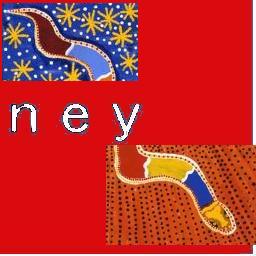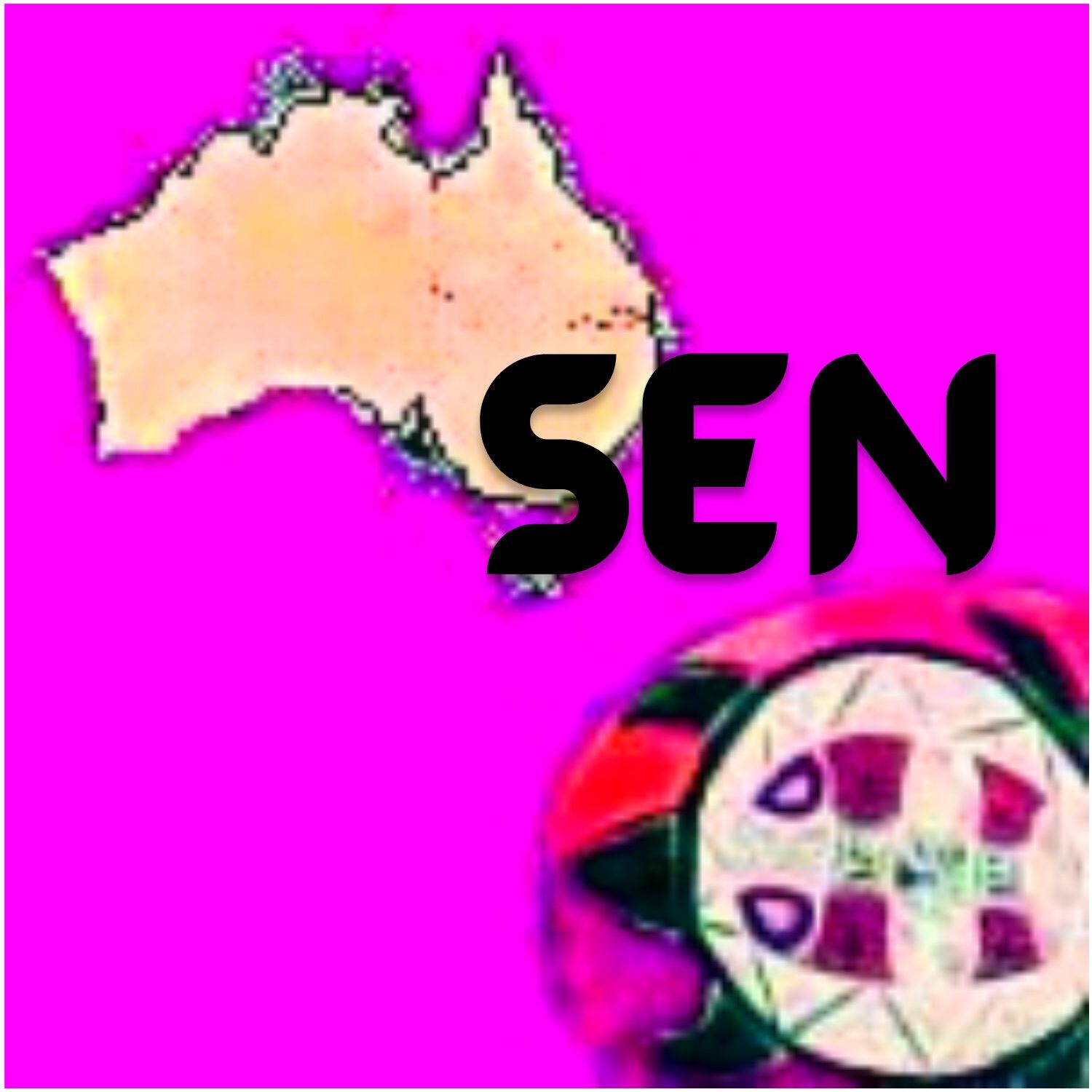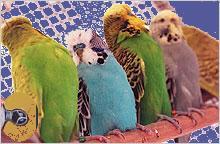.
NATURAL BEAUTY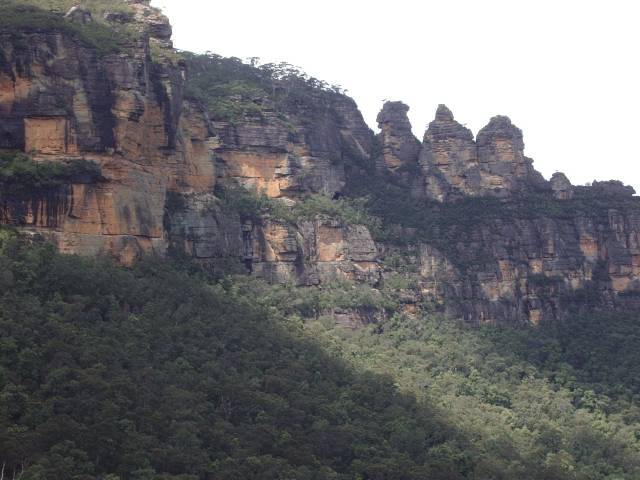
THE GREATER BLUE MOUNTAINS AREA WAS PROCLAIMED A WORLD HERITAGE SITE IN 2000 IN LARGE PART DUE TO ITS: breathtaking views, rugged tablelands, sheer cliffs, deep, inaccessible valleys and swamps teeming with life. The area is considered particularly important for the research of the evolution of Australia's unique eucalypt vegetation, and all the associated plant and animal communities.
Time for some stats, friends: the Greater Blue Mountains Area consists of 1.03 million hectares of mostly forested landscape on a sandstone plateau 60 to 180 kilometres inland from central Sydney, New South Wales. The property includes vast expanses of wilderness and is equivalent in area to almost one third of Belgium, or twice the size of Brunei.
The property, which includes eight protected areas in two blocks separated by a transportation and urban development corridor, is made up of seven outstanding national parks as well as the famous Jenolan Caves Karst Conservation Reserve. These are the Blue Mountains, Wollemi, Yengo, Nattai, Kanangra-Boyd, Gardens of Stone and Thirlmere Lakes National Parks.
It is worth repeating one fact again: the Blue Mountains are not mountains in the conventional sense, but rather a deeply incised sandstone plateau rising from less than 100 metres above sea level to 1 300 metres at the highest point. There are basalt outcrops on the higher ridges. This plateau is thought to have enabled the survival of a rich diversity of plant and animal life by providing a refuge from climatic changes during recent geological history. It is particularly noted for its wide and balanced representation of eucalypt habitats from wet and dry sclerophyll, mallee heathlands, as well as localised swamps, wetlands, and grassland. Ninety-one species of eucalypts (thirteen percent of the global total) occur in the Greater Blue Mountains Area. Twelve of these are believed to occur only in the Sydney sandstone region.
As stated before, Carnarvon Gorge is packed with wildlife, some of it quite rare. Several different species of kangaroo can be regularly seen in the national park. Two of the strangest animals in the world -- the echidna and the platypus -- are common. The echidna, a kind of egg-laying hedgehog, can often be seen trudging along in the long grass. Near Takarakka Bush Resort, meanwhile, is a swimming pool populated by platypus, an egg-laying beaver. More than 175 bird species have been recorded in the park, and for many visitors, it is the bird life which really makes this special. Especially common are parrots, honey-eaters and the ubiqitious kookaburra, a kingfisher loved by Australians for its laugh-like song. Other Carnarvon creatures include green tree-frogs, freshwater snakes, eastern water dragon, possums and gliders, which can be seen on the nightly spotlight tours.
When it comes to flora, the Carnarvon National Park comprises a number of different eco-systems which have only thing in common -- their stunning natural beauty. The gorge floor, watered by the Carnarvon Creek, is green and fertile, and home to red bottlebrushes and river sheoaks. A little higher up, on the stream banks, grow Carnarvon fan palms, tall eucalyptus trees, native grasses and an unusual fig tree whose leaves are so rough they were used as sandpaper by Aborigines and early white settlers. Further from the streams the soil becomes thinner and more rocky. When you get to the top of the cliff-tops, the scenery is classic Australian bush -- dry grass plains and stunted eucalyptus, bracken fern and macrozamias.
CARNARVON GORGE -- facts and figures
CARNARVON Gorge is roughly 600km northwest of Brisbane, at around the same latitude as Bundaberg. Road access from Brisbane involves a 9-10 hour, 750 km trip via Roma and Injune. Booking is essential during the April-October peak season, when temperatures are most comfortable. Accommodation bookings must be made at least three months ahead for the peak period and six to 12 months ahead for holiday periods. For bookings call:
o Carnarvon Gorge National Park: Central Bookings (07) 3227-8198
o Carnarvon National Park Rangers: (07) 4984-4505
o Australian Nature Guides - Carnarvon Gorge Base: (07) 4984-3033
o Takarakka Bush Resort: (07) 4984-4535
o Carnarvon Gorge Wilderness Lodge: (07) 4984-4503
MYALL PARK BOTANIC GARDEN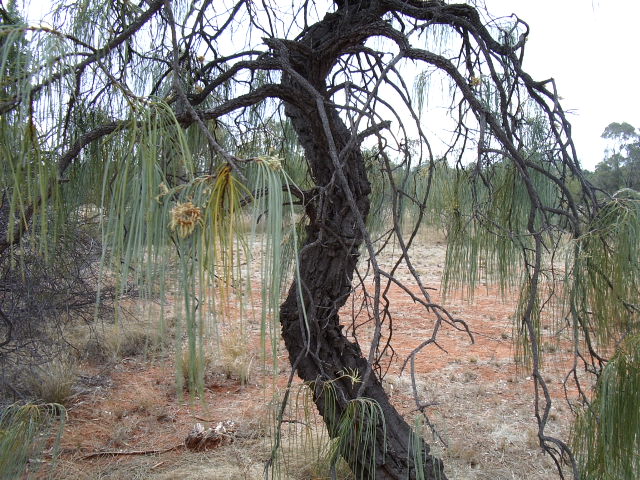
LOCATED half-a-day's drive west of Queensland's capital Brisbane in the Western Downs area, the Myall Park Botanic Garden is a great place to see the wierdness of Australian flora. Don't expect to see manicured lawns of flower beds here. Instead, the garden replicates the natural Australian bush with its scruffy, scrub-like plants, weeping trees, and abundant birdlife including the beautiful blue wren. In the evenings, mobs of kangaroos can be seen jumping through the scrub. Plant lovers will delight in the wide range of grevilleas, banksias and acacias on display -- there are also magnificent angophoras, hakeas, numerous eucalypts and many other species. Myall Park Botanic Garden specialises in plants from arid, semi-arid and dry sub-tropical regions, and is internationally recognised for its wide collection of rare and threatened species.
The property was originally a farm owned by planet enthusiast Dave Gordon, who travelled around Australia collecting botanical specimens. Mr Gordon is remembered as a pioneer in Australia for encouraging the use of native rather than European style gardens, and for developing several unique flower varieties.
Visitors to the garden are encouraged to stay overnight in restored 1950's style buildings. The pleasant cottage and quarters can sleep up to 16 with all basic amenities, plus cosy open fireplaces and cool verandahs. This is a certainly a good way to experience Australian farm living -- there are no television sets or modern intrusions, for example. However, a love of nature is a must -- during my stay in the cottage I woke up in the night to find a spider the size of my hand walking up the bedroom wall, and another large spider crawling out from under the bed beneath me. This place is not for the faint-hearted, that's for sure.
The final thing to be said about Australia is that it is a vast, often empty place, and it is in fact its vast emptiness which makes it so attractive. Paradoxically, this is a country worth visiting solely to see nothing, to experience nothingness on a vast and almost spiritual scale. Almost everywhere you go, one can experience the world in a stripped-down, elemental form. Everything looks worn out, from the rusty old houses and dead settlements of the colonial period, to the eroded dry creek beds and the pancake flat horizon broken occasionally by strange, low rising, rust-red rocks. Australia is an old place, its mountains worn down by millions of years of erosion. Strange prehistoric animals extinct in the rest of the world flit through the Australian countryside, and gaudy parrots fill the air. In the small towns of the Outback, white settlers live surrounded by one of the oldest cultures in the world, that of the Australian Aborigines. The tip is to get out there, and lose yourself in all that space. You will find something you can't experience anywhere else in the world.
MYALL PARK -- facts and figures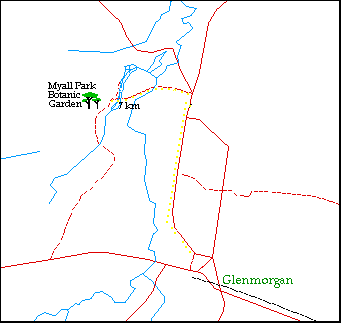
ENTRY costs AUD $6 for adults (children free), and the gardens are open 24 hours per day, seven days a week. The property can be reached by car from a number of directions: it is 7km northwest of Glenmorgan, 400km west of Brisbane, 150km southeast of Roma and 210km northwest of Goondiwindi. To stay at the cottage or quarters ($20 per person per night) phone (07) 4665-6855 or (07) 4665-6814. Advance bookings are essential.

